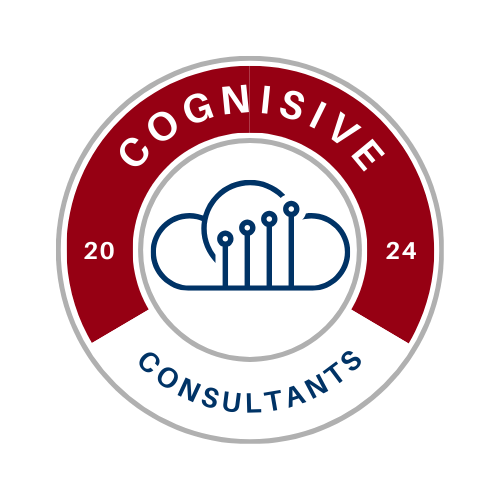The Architecture of Trust — Part IV: The Operating System of Organizational Performance
Trust is not emotional. It is structural. High-performance organizations rely on clarity, rhythm, and responsibility alignment to perform reliably under pressure.

Part IV: The Operating System of Organizational Performance (You are here)
Trust is often described as a feeling, or as the product of personal chemistry. But in organizations that must perform reliably under pressure—intelligence agencies, militaries, emergency response units, and high-stakes leadership teams—trust is structural, not emotional. It is engineered through clarity, rhythm, and responsibility alignment.
Where trust has not been designed, performance collapses the moment stress increases. Where trust has been architected, organizations become calm, coordinated, and decisive, even in uncertainty.
Trust is not a mood, nor a personal attribute. Trust is the operating system of the organization: it determines how information flows, how decisions are made, and how people align toward shared outcomes.
The Failure Mode: Ambiguity of Responsibility
Breakdown begins where responsibility is unclear.
When a team does not know:
- Who decides
- On what timeline
- With what criteria
- And within what authority boundary
then initiative dies.
People shift from contributing to self-protection. Performance degrades not because people are unmotivated, but because the system teaches them to play safe.
Ambiguity breeds defensiveness.
Defensiveness destroys coordination.
The first act of trust architecture is the removal of ambiguity.
Pillar I — Predictability
Trust is not built by charisma or rapport. It is built when behavior is consistent across time and circumstance.
Predictability reduces cognitive load. It makes performance efficient.
When expectations, feedback cycles, and standards remain stable, people:
- Think clearly
- Execute confidently
- Make decisions without fear
Unpredictable leadership destabilizes entire systems.
Pillar II — Clarity of Contingencies
Every system teaches people how to succeed.
If reinforcement and correction are inconsistent, arbitrary, emotional, or unclear, the system becomes irrational—and people reduce effort to avoid unpredictable outcomes.
High-functioning organizations are defined by the reliability of:
- What earns reinforcement
- What triggers correction
This alignment eliminates guesswork.
It removes emotional distortion.
It makes initiative safe.
Pillar III — Rhythm
Teams require cadence to think well.
- Not constant urgency
- Not reactive sprinting
- Not intermittent panic
Rhythm creates time to process, reflect, update, and improve. Rhythm is the foundation of learning under load.
Organizations without rhythm become reactivity engines.
Organizations with rhythm become decision systems.
Why Fear-Based Command Systems Fail
Fear creates compliance, not reliability. It narrows attention, suppresses communication, and destroys initiative.
Fear replaces thinking with performance signaling: people look aligned while silently withdrawing.
In fear-based systems:
- Problems go unreported
- Creativity collapses
- Information becomes distorted
- Leaders receive theatre instead of truth
Fear makes the organization blind.
Trust architecture restores sight.
Leadership as Maintenance of the Operating System
Leadership is not motivational speech.
Leadership is the daily maintenance of structural psychological safety: the permission to surface reality without being punished.
When reality can be spoken, systems learn.
When systems learn, they adapt.
When they adapt, they endure.
The most powerful leadership act is making truth speakable.
Conclusion
Trust is not sentiment. Trust is infrastructure.
An organization that performs under pressure is one where:
- Responsibility is unambiguous
- Behavior is predictable
- Reinforcement is principled
- Rhythm is protected
- Truth is safe to surface
Trust is not a feeling we hope for.
It is something we build.
Originally published at: Insights by Cognisive Consultants
About the Author: Alfie Ameer is the Founder & CEO of the Vonfidel Group and works in leadership psychology, security culture, and training doctrine development.
Part I — The Geometry of Obedience
Part II — The Engineering of Belief
Part III — The Institutions of Command
Part IV — The Operating System of Organizational Performance (You are here)

